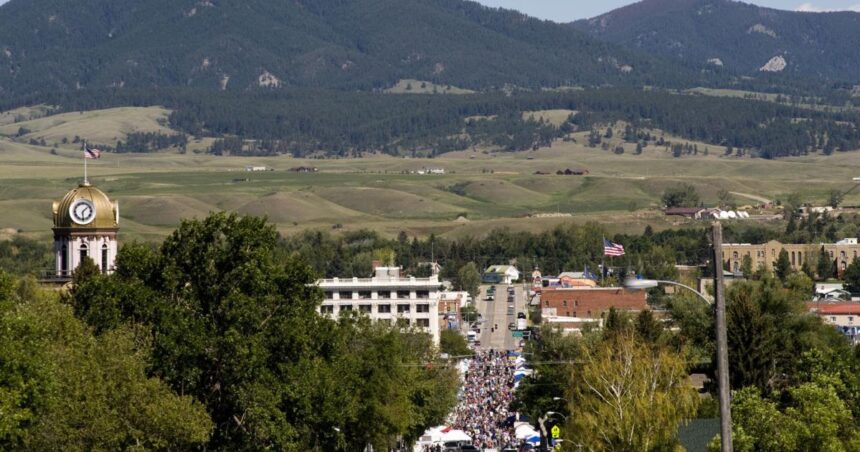Gathered in a senior center cafeteria on a hot July evening earlier this summer, a dozen Lewistown residents took part in a ritual that has become as much a tradition of the American West as rodeos and Fourth of July parades: debating the merits of a housing development before their City Commission.
The proposal: A four-story, 24-unit apartment building on a long-vacant hillside four blocks from Main Street, pitched by an out-of-town developer seeking a zoning change that would allow a monolithic building rather than a row of mobile homes.
The opposition: A succession of local residents, including neighbors who’d prefer not to have a new development looming over their backyards, voicing concerns ranging from traffic to stormwater runoff.
“I know Lewistown has to grow, I know Lewistown needs to provide more housing. There’s no question about that. I understand that,” said one neighbor, Perry Howell. “But I would just hope we do a real thoughtful process and try to make sure we check all the boxes before we just slam something in there.”
People are also reading…
Dozens, if not hundreds, of public debates much like this one have played out across Montana in recent years over subdivisions in Whitefish, trailer park redevelopment in Great Falls, and mid-rise apartment complexes in Bozeman, among many others. They’ve acquired a particular urgency — and particular angst — since COVID-era migration swamped many parts of the state with new arrivals, producing bidding wars that have driven up rents and home prices to levels unaffordable to many existing residents. As those debates play out in meeting rooms across the state, they’re gradually deciding the development patterns that will shape Montana for decades to come.
Lewistown, a small city smack dab in the center of Montana, was until recently sheltered from many of the winds that have driven the flames of land-use debates in other communities. Instead, like many agriculture-centric rural communities, it has spent decades in a state of steady demographic decline, a trend driven in part by the gradual consolidation of local farms and ranches.





